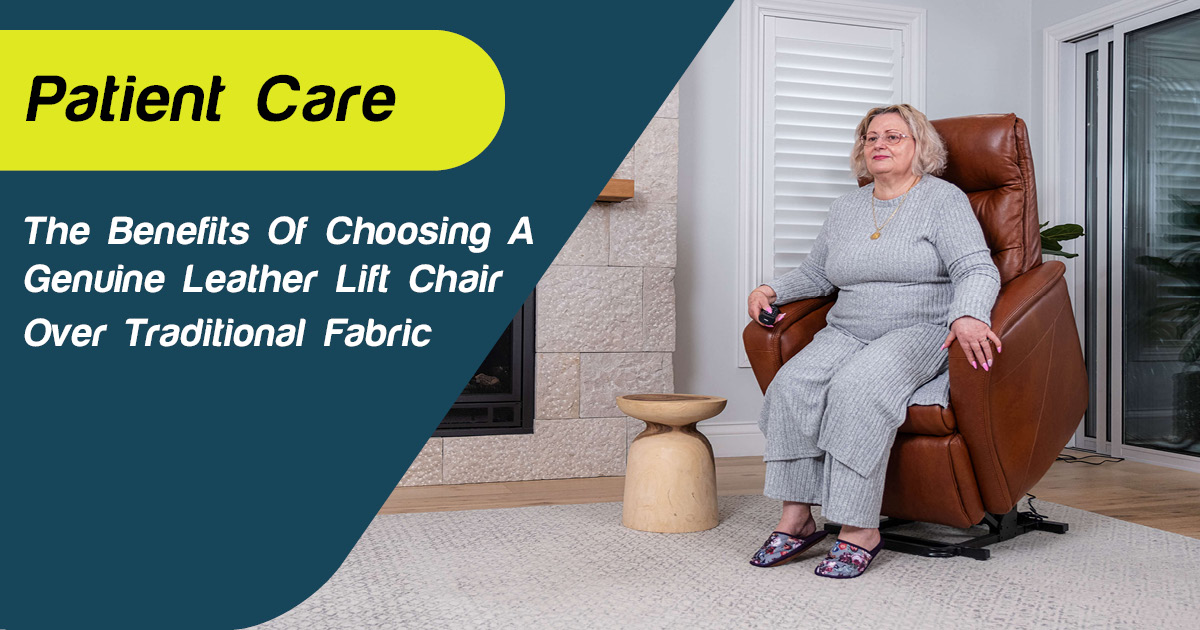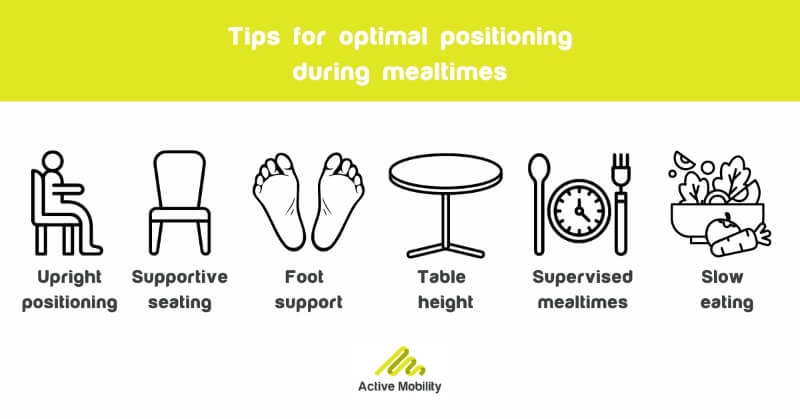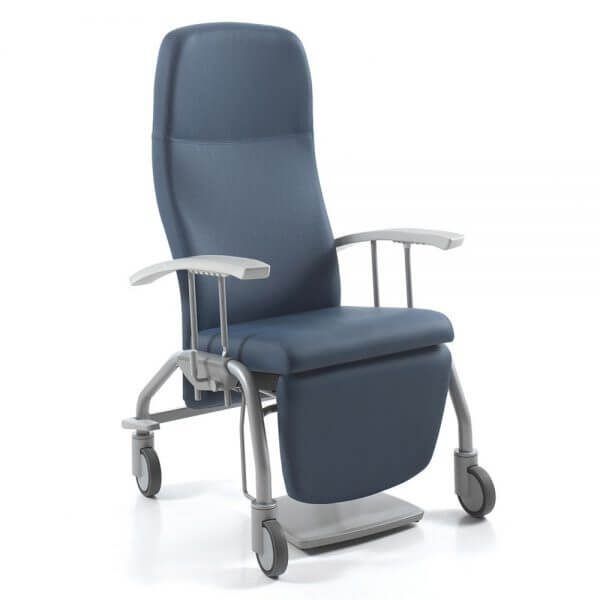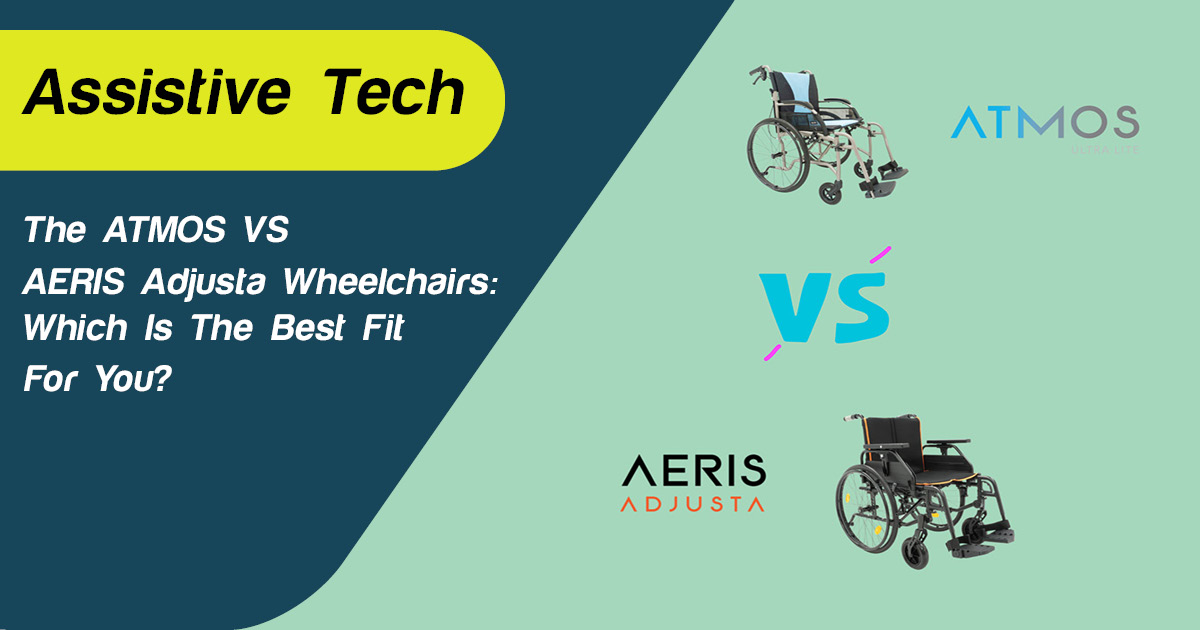
Share
Swallowing difficulties, also known as dysphagia, are a common challenge among older Australians, particularly those in aged care settings. Safe swallowing is crucial for ensuring adequate nutrition, preventing aspiration, and maintaining the quality of life.
One of the most effective ways to support individuals with swallowing problems is by ensuring optimal positioning during mealtimes. Proper positioning facilitates safer swallowing and enhances comfort and independence, making it an essential aspect of mealtime management plans.
Here, we’ll explore the importance of optimal positioning for safe swallowing, provide practical tips for support workers, and recommend essential equipment to aid in the safe and effective management of mealtimes.
Understanding the risks of dysphagia

ID 244229744 © Satjawat Boontanataweepol | Dreamstime.com
Dysphagia affects many older adults due to conditions like stroke, Parkinson's disease, dementia, and general frailty. The risks associated with swallowing difficulties include:
- Choking: Improper swallowing can cause food to become lodged in the throat, leading to choking incidents.
- Malnutrition & Dehydration: Difficulty swallowing can result in reduced food and fluid intake, leading to weight loss and dehydration.
- Aspiration Pneumonia: This occurs when food or liquid enters the lungs instead of the stomach, leading to infection.
Given these risks, developing a mealtime management plan prioritising safe swallowing is crucial. Central to this plan is the positioning of the individual during meals.
Why optimal positioning matters

ID 30282274 © Alexander Raths | Dreamstime.com
Proper positioning is fundamental to safe swallowing. It helps align the head, neck, and torso to facilitate the efficient passage of food and drinks from the mouth to the stomach, reducing the risk of aspiration and choking.
Some key benefits include:
- Improved Swallowing: Correct alignment of the head and neck allows the muscles involved in swallowing to function more effectively.
- Reduced Risk of Aspiration: Upright positioning helps prevent food and liquids from entering the airway.
- Enhanced Comfort: Proper positioning reduces the physical strain on the individual, making mealtime a more comfortable and enjoyable experience.
- Increased Independence: With the right positioning and supportive equipment, individuals with dysphagia can participate more actively in their meals, promoting autonomy and dignity.
Tips for ensuring optimal positioning during mealtimes

Upright positioningIndividuals should be seated upright, with a 90-degree angle at the hips, knees, and ankles. The head should be aligned with the torso and slightly tilted forward to prevent the chin from lifting, which can open the airway and increase the risk of aspiration. |
Supportive seatingUse chairs with good back support and armrests to help maintain an upright position. Consider adjustable seating options for easy modification to achieve the correct posture. |
Foot supportEnsure that the individual’s feet are flat on the floor or footrest to provide stability and prevent sliding forward in the chair. |
Table heightThe table or tray should be at a comfortable height, allowing the individual to easily reach their food without leaning forward. Adjustable overchair or overbed tables are ideal, as they can be positioned precisely to suit the individual’s needs. |
Supervised mealtimesAlways supervise individuals with dysphagia during meals to monitor their posture and ensure they maintain the correct position throughout the meal. |
Slow, controlled eatingEncourage slow eating with small bites and sips, ensuring the individual swallows fully before taking the next bite. |
Products that promote safe swallowing in aged care
To support optimal positioning and safe swallowing during mealtimes, support workers can utilise a range of products designed specifically for individuals with dysphagia. Here are some recommended items.
Overbed & overchair tables

Overbed and overchair tables are versatile equipment that provide a stable surface for meals and other activities. They are particularly beneficial for individuals who require positioning support during mealtime, those who are bedridden, or who prefer to eat in bed.
Key features:
- Adjustable Height: Allows for precise positioning to ensure the table is comfortable for the individual.
- Tilting Surface: Some models offer a tilting surface, which can be adjusted to the appropriate angle to facilitate easier access to food and drinks.
- Mobility: Many over-chair tables have wheels, making them easy to move and adjust as needed.
Supportive seating solutions

Investing in quality seating options is essential for ensuring proper positioning during meals. Chairs with adjustable features, like tilt-in-space and reclining functions, can help individuals maintain the correct posture for safe swallowing.
The Mauro Ergo-Line Relax Chair (pictured above), for example, follows the spine's shape and offers exceptional shoulder, neck, and lower back support while being adjustable for mealtimes and transfers. It even comes with a removable dinner tray!
The high headrest also reduces the need for the user to hold their head up independently.
Tilt-in-space wheelchairs

When seated in a Tilt-in-space wheelchairs (power or manual), the degree of tilt to be used at meal time and following meal time, should ideally be advised by a multi-disciplinary team including a dietitian, speech therapist and occupational therapist. This team should provide a mealtime management plan where the consistency of the food and drink, the nutritional benefit and the person’s positioning is assessed, and recommendations are made. These recommendations assist the person to maintain, lose or gain weight (depending on their needs and goals) while completing safe swallowing in optimal positioning.
- Adjustable Tilt: Allows caregivers to adjust the seat and backrest angle to maintain an optimal head and neck position.
- Enhanced Stability: Provides support and stability, reducing the risk of slipping or sliding out of the chair.
- Pressure Relief: The tilting function can also help distribute weight more evenly, reducing the risk of pressure injuries.
Recliner chairs with lift assist

Recliner chairs with lift assist are ideal for individuals who require help getting in and out of chairs while maintaining proper positioning (especially for those who like to sit back and relax in front of the television during meals). These chairs provide adjustable seating positions that can be fine-tuned to support safe swallowing.
Key features:
- Lift Function: Assists individuals in standing up from a seated position, reducing the risk of falls and allowing for a controlled transition.
- Adjustable Recline: Offers multiple recline settings that can be adjusted to achieve the optimal position for eating and swallowing.
- Comfort Features: Often includes padding and support for long-term seating comfort.
At Active Mobility, we offer a range of lift chairs, from single-motor to quad-motor lift chairs, that provide varying levels of comfort and adjustability.
Adaptive utensils & crockery

Specialised feeding cups, crockery, and adaptive utensils are designed to help individuals with limited mobility or coordination maintain proper head and neck positioning while eating and drinking.
Key features:
- Angled Design: Many feeding cups and mugs have an angled spout or in-built straw that allows easier drinking without tilting the head back, reducing the risk of aspiration.
- Weighted Utensils: Utensils with added weight help stabilise hand movements, making it easier to eat without compromising posture.
- Ergonomic Handles: Adaptive utensils often feature ergonomic handles that are easier to grip, promoting more controlled movements.
- Non-Slip or Sloping Bases: Plates with non-slip bases prevent movement on the table or tray, making eating easier without losing posture. Alternatively, plates and bowls with sloping bases make it easier to scoop up food without spilling over the side.
Find all the products you need for safe swallowing at Active Mobility!
Optimal positioning is a critical component of safe swallowing and effective mealtime management for individuals with dysphagia.
Support workers can significantly reduce the risks of aspiration, choking, and other complications by ensuring that older adults and others with swallowing difficulties are positioned correctly during meals. Incorporating supportive equipment like overchair tables, overbed tables, and adjustable seating into the mealtime routine can further enhance safety, comfort, and independence.
Active Mobility offers an extensive range of helpful, reliable equipment that can be incorporated into your client’s mealtime management plan. Book a showroom appointment for expert recommendations from our team of occupational therapists, or shop online today!









